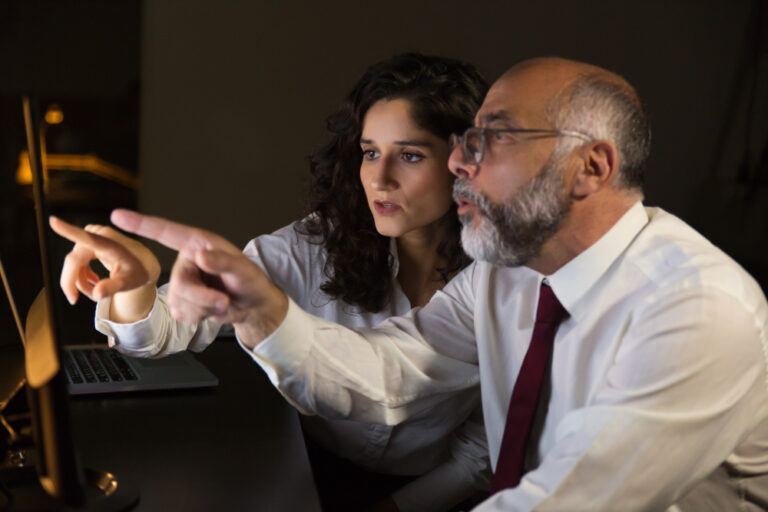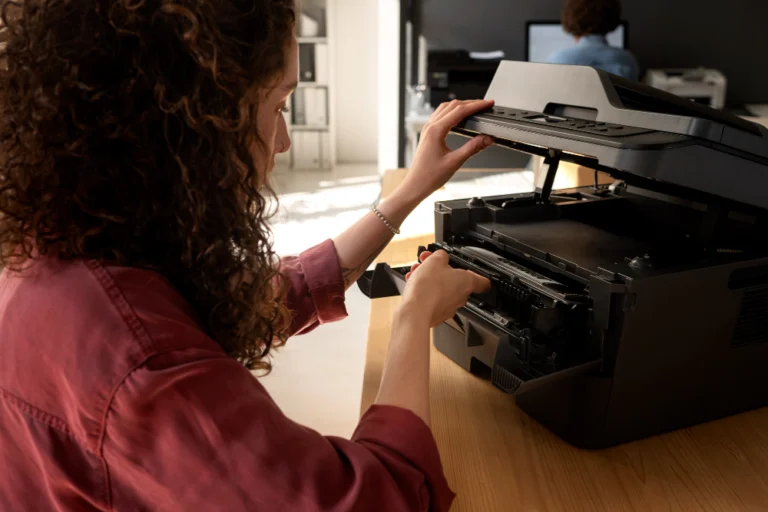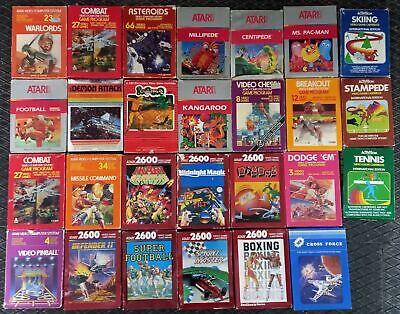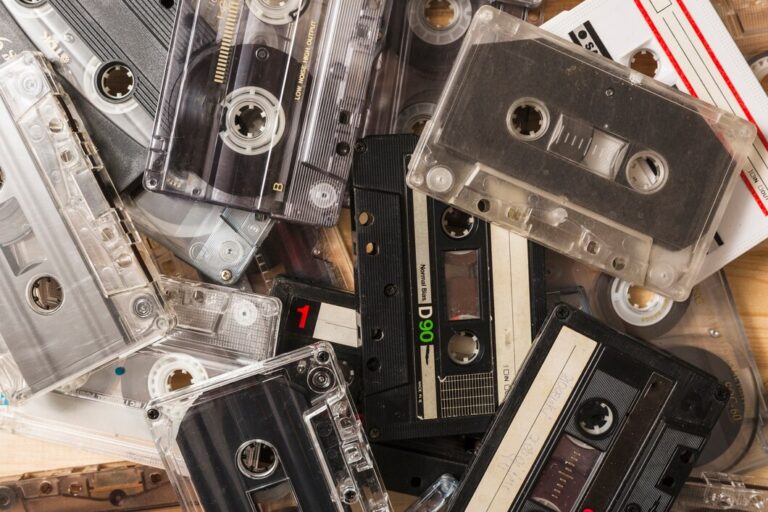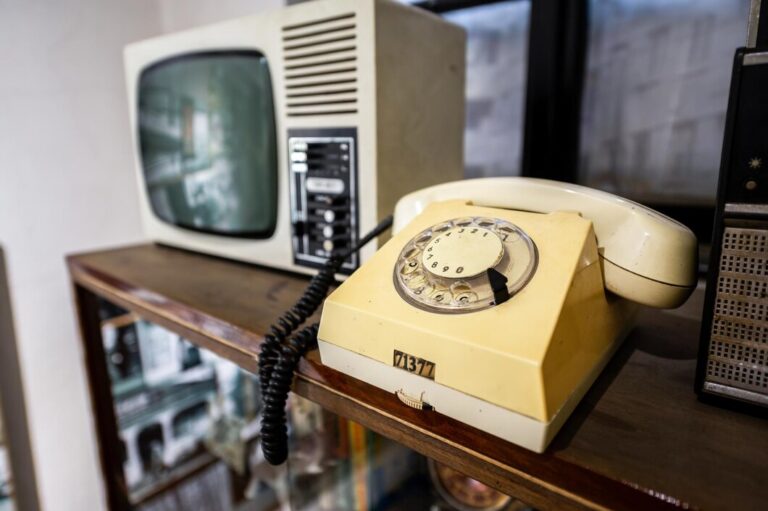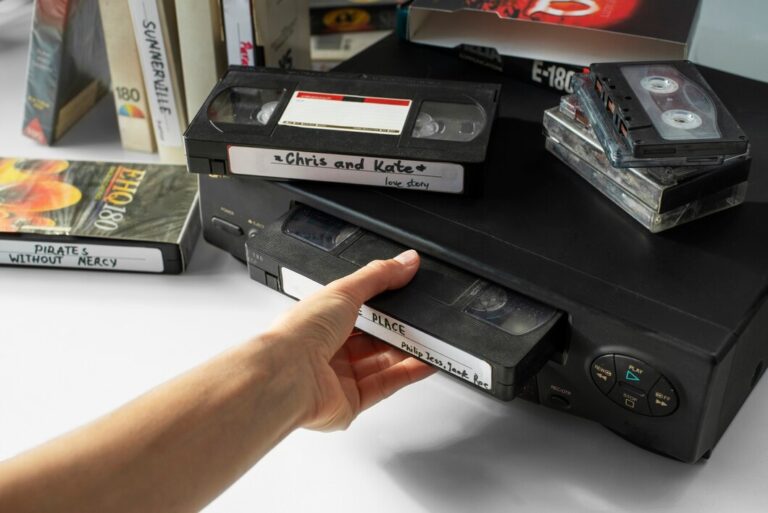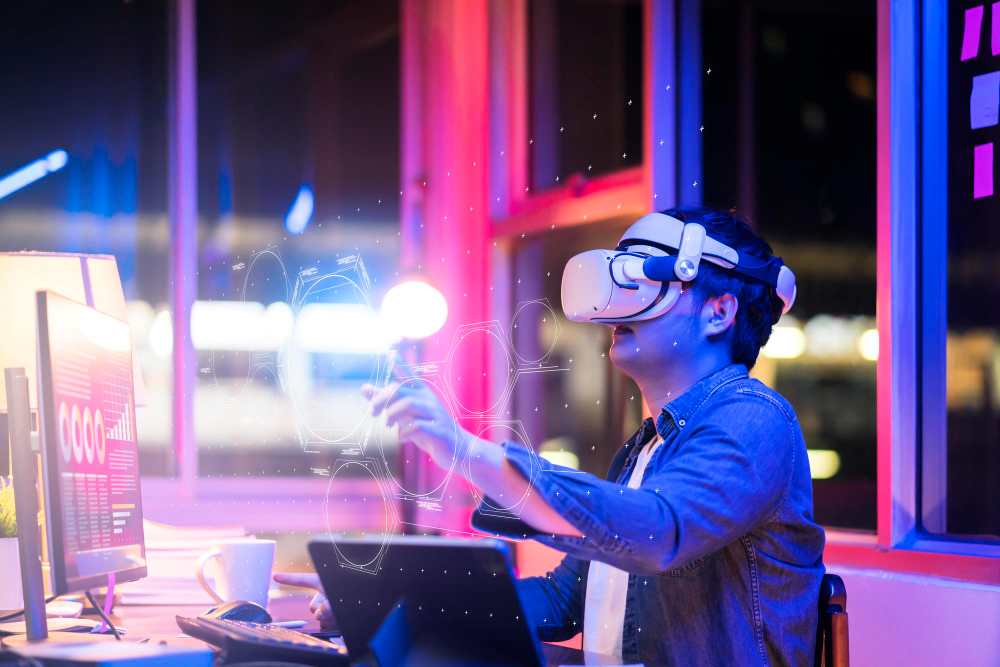
The journey from analog to digital has been one of the most transformative shifts in human history. This technological evolution has fundamentally reshaped the way we communicate, work, learn, and live. While analog systems once formed the foundation of modern civilization—from vinyl records and rotary phones to mechanical watches and film cameras—digital innovation has gradually replaced them with faster, more efficient, and often more powerful alternatives.
This transition was not sudden. Rather, it unfolded over decades through a series of breakthroughs in science, computing, engineering, and electronics. In this article, we will explore the fascinating story of how technology evolved from analog to digital, its impact across various industries, and what it means for the future.

Understanding Analog vs. Digital
Before diving into history, it’s essential to understand the fundamental differences between analog and digital technologies.
Analog Technology:
Analog systems use continuous signals to represent information. These signals vary smoothly over time and can have an infinite number of values.
Traditional examples consist of:
- Audio is stored as continuous grooves on vinyl records.
- Analog clocks that have hands that sweep
- Film cameras use photosensitive film to capture light.
- Amplitude/frequency modulation is used to transfer signals in analog televisions and radios.
Digital Technology:
In contrast to analog systems, digital systems use discrete values—typically binary digits, which consist of 0s and 1s—to represent information. Rather than a smooth continuum, digital systems break down information into precise numerical units.
- CDs and MP3s (digital audio)
- Digital clocks (display exact numbers)
- Digital cameras (pixels and data)
- Computers, smartphones, and modern TVs
This shift from analog to digital has been driven by the desire for greater precision, speed, efficiency, and scalability.
The Early Analog Era
In the early 20th century, nearly all technology was analog-based. Invented by Alexander Graham Bell in the late 19th century, the telephone transmitted voice using analog signals sent through copper wires. Radio and television broadcasting followed a similar model, sending continuous waveforms through the air.
Analog devices were elegant but limited. They were often subject to interference, signal degradation, and lacked the capacity for complex data processing. Analog technologies were revolutionary in their day and opened the door for later advancements, despite their drawbacks.
The Dawn of Digital: Mid-20th Century
The first significant leap from analog to digital began in the 1940s and 1950s with the advent of digital computing. Machines like the ENIAC (Electronic Numerical Integrator and Computer) and UNIVAC were among the earliest digital computers, using vacuum tubes and later transistors to perform calculations with unprecedented speed and accuracy.
The fundamental theoretical and practical foundation for digital systems was established by the development of the binary number system, Boolean logic, and semiconductor technology.
Key Events:
1947: Bell Labs’ creation of the transistor, which replaced heavy vacuum tubes, transformed electronics.
The integrated circuit, which was created in 1958, allowed for the placement of several transistors on a single chip.
1969: The creation of ARPANET, the precursor to the modern internet, laid the groundwork for digital communication.
These breakthroughs signaled the beginning of the digital age and accelerated the shift from analog to digital across all technological domains.

The Rise of Digital Communication
One of the most impactful shifts from analog to digital occurred in the field of communication. This change began in the late 1900s and continues to this day.
Telephony:
Early telephones used analog signals, which degraded over long distances.
In the 1980s and 1990s, digital switching systems and fiber-optic cables revolutionized telecommunications.
Mobile phones evolved from analog (1G) to digital cellular networks (2G, 3G, 4G, and now 5G), enabling faster, clearer calls and data transmission.
Broadcasting:
Television transitioned from analog to digital in most countries during the 2000s.
More channels, improved picture quality, and interactive features are all provided via digital television.
In many places, classic AM/FM broadcasts have also been replaced with digital radio (DAB).
Internet and Email:
The digitization of communication paved the way for email, instant messaging, VoIP, and video conferencing—tools now essential in personal and professional life.
The Digital Revolution in Computing
Perhaps the most profound transformation from analog to digital occurred in the world of computing.
Analog Computers:
Early analog computers were used for specific tasks such as missile trajectory calculations and industrial control systems. However, they lacked versatility and precision.
Digital Computers:
Modern digital computers, from desktops and laptops to smartphones and tablets, have reshaped every aspect of life:
They can process massive amounts of data incredibly quickly.
They store information securely and efficiently.
They power everything from education and finance to gaming and healthcare.
The invention of microprocessors, cloud computing, and artificial intelligence has taken digital computing to new heights—far beyond anything possible with analog systems.
Photography: From Film to Pixels
Photography is a prominent illustration of the transition from analog to digital technologies.
Analog Photography:
Uses chemical-based film to capture images.
Requires manual development in a darkroom.
Limited to a finite number of exposures per roll.
Digital Photography:
uses CCD or CMOS image sensors to capture images in digital form.
Offers instant review, editing, and sharing.
Today, even smartphones boast powerful digital cameras, making photography more accessible and versatile than ever.
Music and Entertainment: Analog to Digital Media
The music and film industries have also evolved dramatically from analog to digital.
Music:
Vinyl records and cassette tapes once dominated.
In the 1980s, digital material became widely available thanks to compact discs.
The rise of MP3s, streaming platforms (like Spotify), and cloud storage transformed how we listen to music.
Video:
Analog VHS tapes were replaced by DVDs and Blu-ray discs.
Streaming services like Netflix and YouTube have made physical media nearly obsolete.
Digital editing software has enabled creators to produce high-quality content without expensive studios.
Digital media allows instant access, global distribution, and better preservation of content.
Healthcare and Science: Precision through Digital Technology
Scientific and medical advancements have been significantly accelerated by the transition from analog to digital technology.
Diagnostics and Imaging:
Analog X-rays have given way to digital radiography, MRI, and CT scans, offering clearer, more detailed images.
Instant health information is provided by gadgets such as wearable health trackers, digital thermometers, and heart rate monitors.
Data and Records:
Patient records are now stored as Electronic Health Records (EHRs), improving accessibility and accuracy.
Research databases and AI tools accelerate drug discovery and analysis.
These innovations have improved patient care, diagnostics, and overall healthcare efficiency.
Education and Learning: Digital Transformation
A larger audience may now more easily access education thanks to the shift from analog to digital technologies.
Chalkboards and paper textbooks are being replaced by interactive whiteboards, eBooks, and online learning platforms.
Virtual classrooms and e-learning tools became essential during the COVID-19 pandemic.
Students now access tutorials, assignments, and resources digitally from anywhere in the world.
Digital learning tools enhance flexibility, encourage collaboration, and support personalized educational experiences.
Everyday Life: Smart Homes and IoT
Today, our homes are more connected than ever thanks to digital innovation.
Analog thermostats have evolved into smart climate control systems.
Manual light switches are replaced by automated lighting and voice control.
Appliances, security systems, and wearables are connected through the Internet of Things (IoT), making homes smarter and safer.
This seamless connectivity would be impossible without the transition from analog to digital.
Challenges of the Digital Age
Although the digital revolution has introduced significant advantages, it also brings forth a range of new challenges.
Privacy concerns: Digital footprints can be tracked, stored, and exploited.
Cybersecurity threats: Hackers, data breaches, and digital fraud are growing risks.
Digital divide: Not everyone has equal access to digital resources and connectivity.
Declining analog appeal: A lot of people still appreciate the coziness and genuineness of analog media.
Striking a balance between embracing modern technologies and maintaining core human values is essential.
What’s Next: The Future Beyond Digital?
Interestingly, while we’ve transitioned from analog to digital, the future may see a new phase: quantum and bio-digital convergence.
Quantum computing promises computational speeds far beyond current digital limits.
Neural interfaces and biotechnology may merge biological systems with digital processing.
AI and machine learning will continue evolving, potentially reshaping industries once again.
The full promise of digital and post-digital technologies is just beginning to be realized.
Conclusion
The journey from analog to digital has redefined how we live, communicate, and interact with the world. From bulky analog machines to sleek smartphones, from handwritten letters to instant video calls, and from vinyl records to AI-generated music, this transition has touched every aspect of modern life.
Digital technology has brought efficiency, speed, and innovation—but with it comes the responsibility to use it wisely, ethically, and inclusively. As we look to the future, understanding our digital past helps us shape a more thoughtful and sustainable tomorrow.
